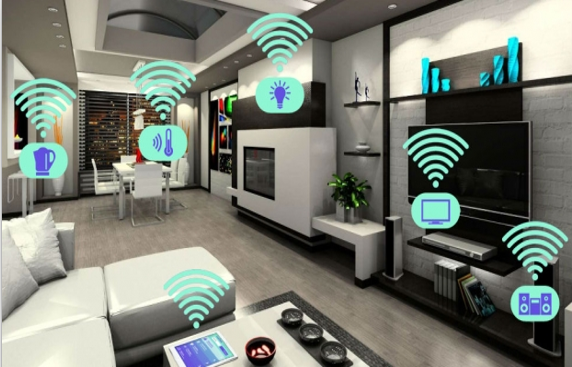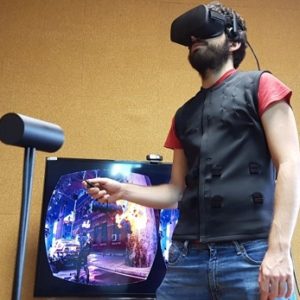Brief description of the solution and the added value it delivers
Domotics (home automation) is giving impetus to the smart home concept and redefining the relationship between people and their homes. The number of smart devices in homes is currently growing at a dizzying pace: lighting systems, temperature control systems, electrical appliances, televisions… the list goes on. However, the way each device is controlled and operated is different, making their use unnecessarily complicated: too many remotes and apps to control them with. The Image Processing Group (GTI) has developed a novel technology for smart homes, whereby devices and electrical appliances are controlled naturally by means of gestures. Our technology uses the latest advances in deep learning and artificial vision to recognise gestures using cameras. It is the result of years of research, doctoral theses and cutting-edge project developments. We have a laboratory prototype and demonstrators for controlling TVs, lamps, fans and PTZ cameras. Our technology has also been used to control unmanned aircraft for Airbus.
Description of the technological basis
Gestomótica is a technology that allows users to control devices and electrical appliances in their home using gestures. No mobile phones, no remotes, just your hands. The increasing complexity of controlling smart home devices is made simple with gestures, a type of universal communication innate to human beings, which from now on you can use in your home.
Out technology uses cameras in different spectra, together with the latest advances in deep learning and artificial vision, to recognise the user’s gestures and convert them into actions on devices: switching lights on and off, adjusting the thermostat, controlling the TV, and so on. Furthermore, control can be restricted to certain users, preventing a child from being to operate dangerous equipment, such as an oven.
‘Technology for the natural and intuitive control of smart home devices by means of gestures. No mobile phones, no remotes, just your hands.’
Business needs / application
Domotics (home automation) is giving impetus to the smart home concept and redefining the relationship between people and their homes.
Users of smart homes are happier [Coldwell Banker]:
-
57% of them say that they save time.
-
45% of them say that they save money.
-
72% of them say that they feel safer.
The number of smart devices in homes is growing at a dizzying pace: lighting systems, temperature control systems, electrical appliances, televisions… the list goes on.
-
It is estimated that 1.5 million home automation systems were installed in 2017 [CEDOM].
However, the way each device is controlled and operated is different, making their use unnecessarily complicated:
-
too many remotes and apps to control them with.
-
Limited interaction in the case of systems based on remote controls.
-
Ambiguous identification of the device to be controlled in the case of smart speakers.
-
Most systems lack identity control to determine who can use a device or appliance.
-
One exception is the use of smart speakers, but they are easily ‘hackable’.
Competitive advantages
Control of any home appliance with your hands: gestures and writing in the air.
Gestures offer a natural and intuitive form of interaction and communication. No mobile phone, apps or remotes required.
Gesture control with respect to smart speakers:
-
It is unaffected by background noise.
-
It eliminates ambiguity regarding the device to be controlled.
-
Greater acceptance than voice control in the man-machine interaction.
Identity control:
-
You decide which users can control which devices.
-
Visual biometrics for face recognition. More secure than voice identification.
Two formats:
-
External smart camera: control of existing devices with an IR, Wi-Fi or Bluetooth interface.
-
Smart camera integrated into a new device.
References
-
The Image Processing Group (GTI) has more than 35 years’ experience.
-
Laboratory prototype: control of TVs, lamps, PTZ cameras, etc.
-
Integration of the technology into a demonstrator for Airbus, for the control of drones as part of the SAVIER project.
-
Extensive participation in national and European research projects.
-
Collaboration with major international companies: Airbus, Nokia, Telefónica, Indra, etc.
-
Technologies developed as part of two doctoral theses.
Stage of development
-
Concept
-
Research
-
Lab prototype
-
Industrial prototype
-
Production
Contact
Gestomótica contact
Carlos R. del Blanco, Omás Mantecón
e:
UPM contact
Innovation and Entrepreneurship Programmes
Technological Innovation Support Centre (CAIT) – UPM
e:














